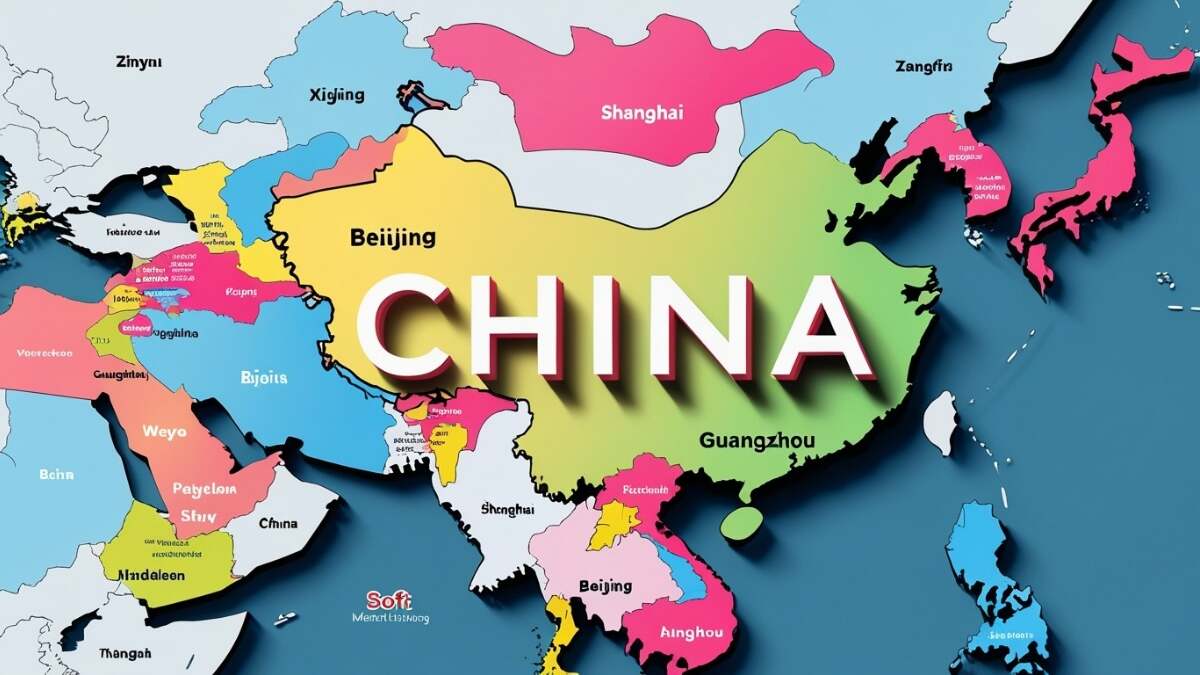The activist went on to say that China plans to use this rail track to take advantage of the wealth of gold, copper, zinc, and lithium found in Changtang, Tibet’s western plains.
There are growing worries about the possible military and security ramifications for India as China has started construction of a new key railway line that would link Tibet to the Chinese city of Lhasa. The route passes near the Line of Actual Control (LAC). The initiative might greatly increase China’s military logistics and influence in the area, Tibetan scholars have said.
According to reports, the new train connection would let China mobilize soldiers and supplies along the border regions and increase its link with central Tibet. At the same time, India is preparing its own border rail projects close to the LAC.
The five-year-old project, according to experts, is a component of Beijing’s broader goal to construct a 5,000-kilometer plateau rail network surrounding Lhasa over the course of the next ten years. Because of the continuing territorial conflicts in Aksai Chin, the region is very sensitive.
China is pushing for new rail and highway projects close to the Indian border, which is strongly related to current security events, Tsewang Dorjee, a research fellow at the Tibet Policy Institute who studies infrastructure development in the Himalayas, said ANI.
China has previously attempted to seize control of water resources in the eastern region close to Arunachal Pradesh in order to exert pressure on South Asian nations. It is now constructing a new rail route in the western region that borders Uttarakhand, Himachal, and Ladakh. China grew more vigilant after Operation Sindoor,” Dorjee said.
He went on to say that Beijing is building a highway between Nagchu and Ngari in addition to the Tibet-Lhasa railway, which would significantly improve Chinese military supplies and movement in the area.
“China has the advantage if tensions turn into a war because to these infrastructure developments. In addition to providing security, the railway will enable China to take use of Tibet’s abundant natural resources, such as lithium and uranium, which are vital in the global race for artificial intelligence and technology, according to Dorjee.
He said that despite China’s occupation of Tibet since 1950, the country still has trouble influencing the “hearts and minds” of Tibetans. He said that building more infrastructure is a component of Beijing’s plan to strengthen military and administrative authority over outlying regions.
Tenzin Tsundue, a Tibetan writer and activist, called the project one of China’s “most ambitious and controversial” initiatives.
Tsundue told ANI, “This railway would link Shigatse in central Tibet all the way to western Tibet, extending into East Turkistan via Aksai Chin and passing close Mount Kailash and Ngari.”
He noted that portions of the suggested path will approach the Demchok border in Ladakh by as little as 20 to 30 kilometers.
It may be finished in five years and is being constructed on a war footing. The railway connects Nepal and Uttarakhand to Ladakh, running parallel to the Indian Himalayas, making this a major security worry for India. The planning phase of India’s own railway project in this area is still ongoing, Tsundue said.
The activist went on to say that China plans to use this rail track to take advantage of the wealth of gold, copper, zinc, and lithium found in Changtang, Tibet’s western plains.
“This initiative aims to dominate the military as well as mine. Tsundue cautioned that it is a reflection of China’s expansionist policies and its desire to keep control of the Indian Himalayan area.
According to these analysts, the Xinjiang-Lhasa railway is a strategic initiative with significant geopolitical and security ramifications for Tibet, India, and the whole Himalayan area. It is not only an infrastructure project.

